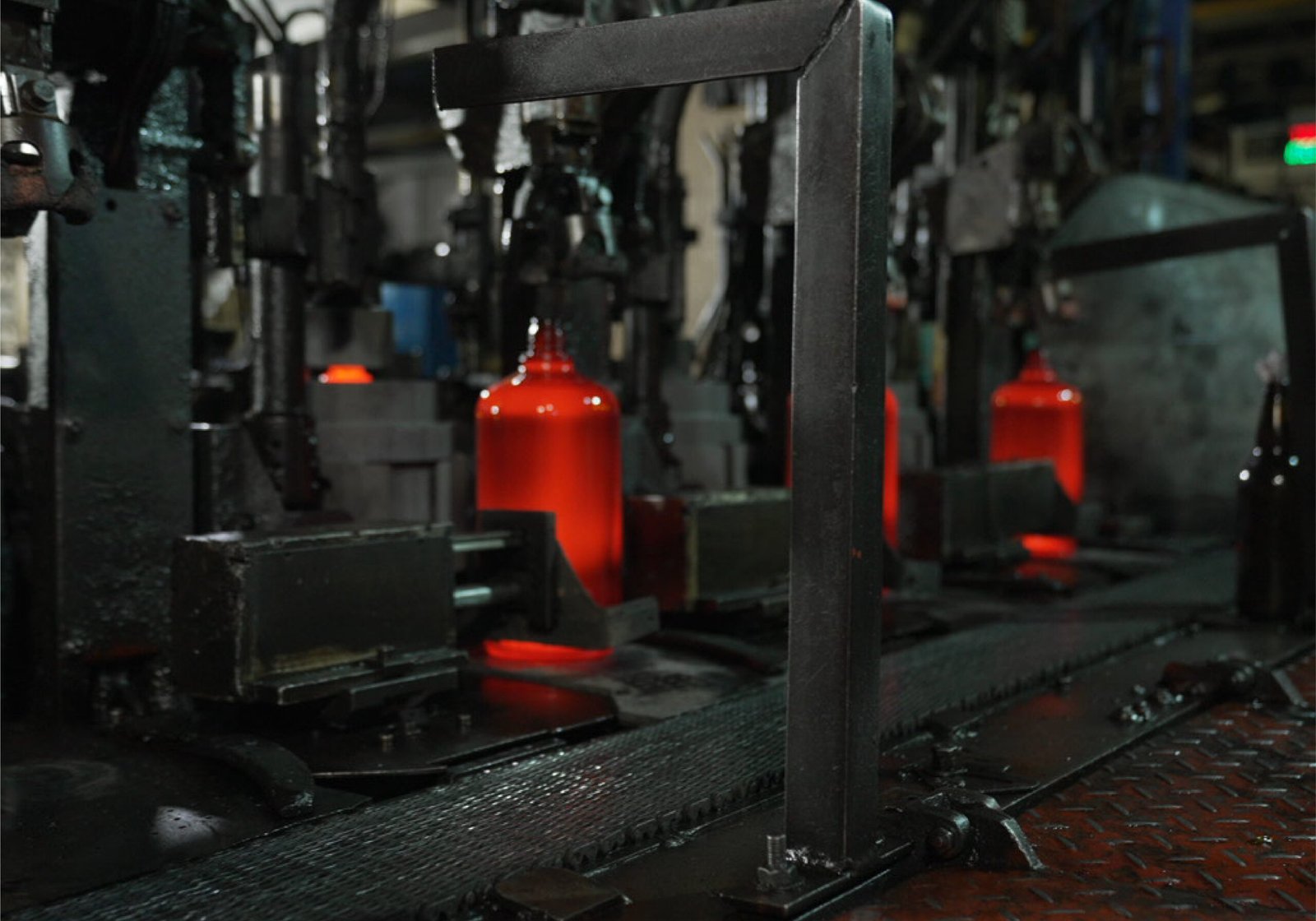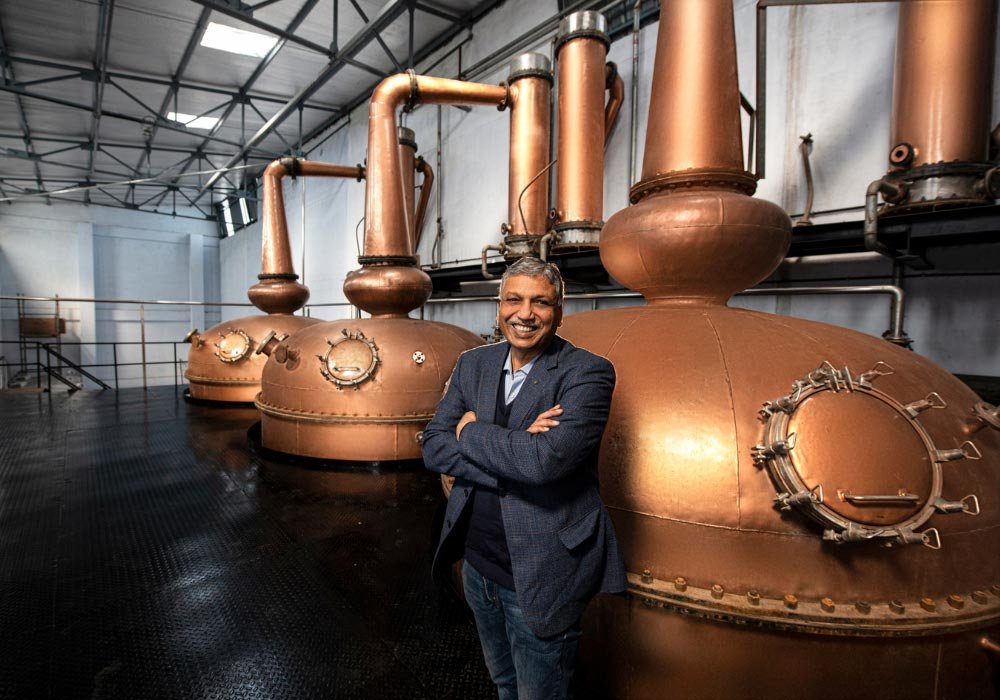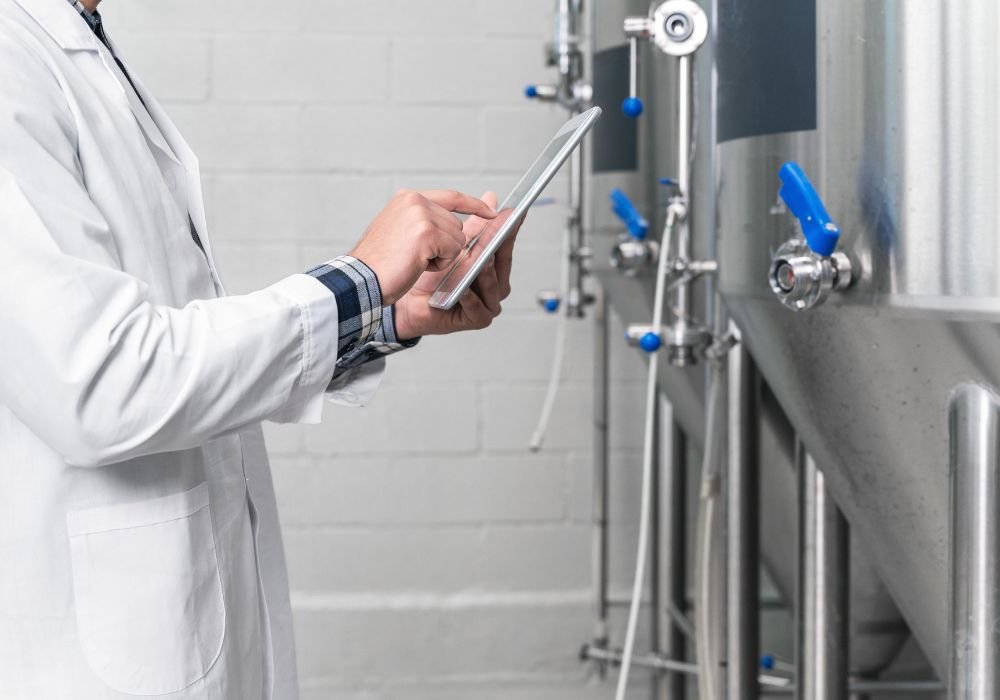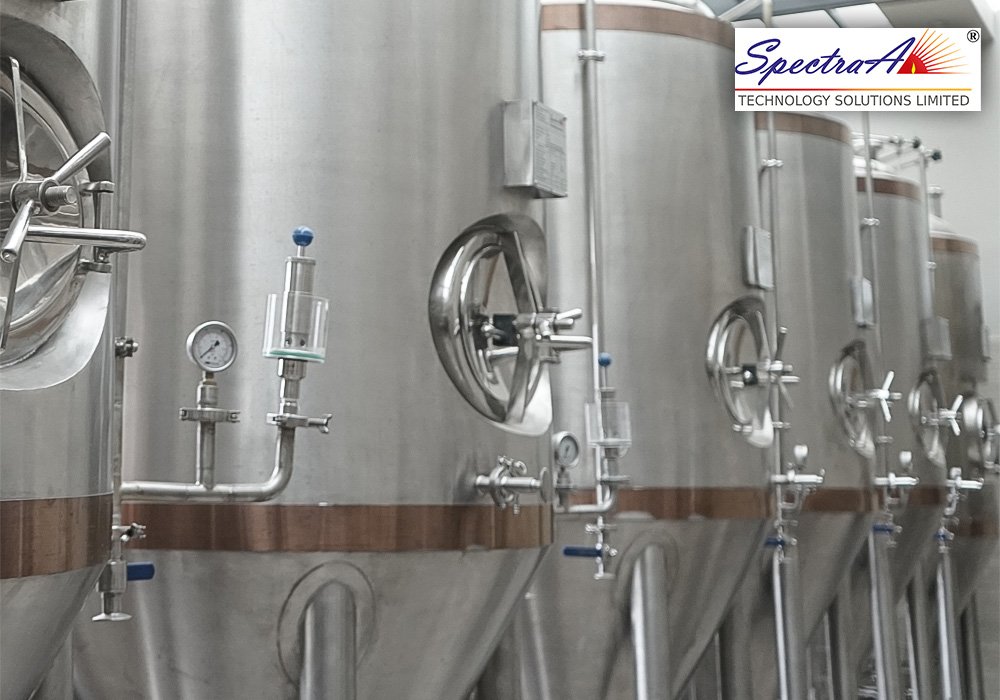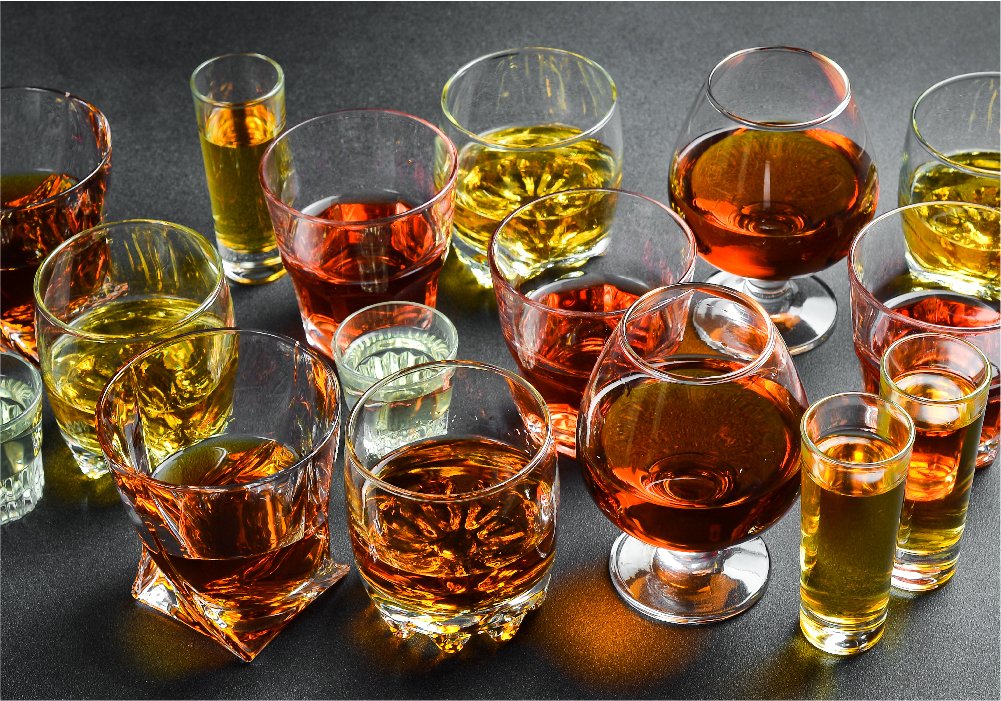
India’s tourism landscape is rapidly evolving, and one of the most intriguing aspects of this transformation is the rise of alcohol tourism. The combination of booming domestic wine, craft beer, and whisky industries has created a rich environment for tourists seeking both local flavors and immersive experiences. Alcohol tourism, as a niche sector, has experienced substantial growth in recent years, becoming a significant contributor to the Indian economy, local industries, and global tourism appeal.
A Growing Phenomenon
Alcohol tourism in India has emerged as a substantial trend as both domestic and international tourists explore India's expanding beverage offerings. With experiences such as vineyard tours, brewery visits, and distillery experiences, India is quickly positioning itself as a key destination for alcohol enthusiasts. According to Future Market Insights, India’s alcohol market is projected to reach $55.8 billion by 2024, supported by a rising middle class and increased consumer spending on premium, experiential activities.

India’s Expanding Alcoholic Beverage Market
Several factors are fueling the growth of alcohol tourism in India, particularly the diversification of its alcohol market. Beer, wine, whisky, and ready-to-drink (RTD) beverages are among the fastest-growing categories:
- Beer: Beer consumption in India rose by 38% in 2023, with over 300 craft breweries now operational across the country. Major cities like Bengaluru, Mumbai, and Pune are becoming epicenters of beer tourism, attracting beer enthusiasts to microbreweries that offer locally crafted brews.
- Wine: India's wine industry, led by iconic players like Sula Vineyards, Fratelli, and Grover Zampa, is projected to grow by 7% CAGR through 2028. With Nashik emerging as a wine tourism hub, India is beginning to attract global attention as a premier destination for wine lovers.
- Whisky: India is the world’s largest whisky market by volume, consuming more than 200 million cases annually. Though single malt production is a smaller segment, it is growing rapidly. Exports of premium Indian whisky are increasing at an annual rate of 6.7%, with Amrut Distilleries and Paul John leading the charge.
Experiential Travel: The Backbone
One of the most significant factors driving the rise of alcohol tourism is the growing demand for experiential travel, where tourists seek unique, immersive experiences. Alcohol tourism caters to this demand by offering more than just tastings — visitors are given an opportunity to explore the production process, engage with local producers, and learn about the cultural significance of the beverages.
- Wine Tourism: India’s wine tourism sector is most notable in Nashik, often referred to as the "Wine Capital of India." Nashik is home to Sula Vineyards, which attracts over 250,000 visitors annually. Sula's eco-conscious approach, combined with its sprawling vineyards, has made it a must-visit destination for both domestic and international tourists. Other vineyards, such as Fratelli and Grover Zampa, are also contributing to the expansion of the wine tourism sector. The wine tourism market in Nashik is expected to grow by 5.6% annually until 2028.
- Craft Beer Tourism: The craft beer revolution is another factor contributing to the rise of alcohol tourism in India. Cities like Bengaluru have become hubs for craft beer, with breweries such as Toit, Arbor Brewing Co., and BLR Brewing Co. leading the charge. These breweries are known for their innovation, using indigenous ingredients like mangoes, jackfruit, and coffee in their brews. In 2023, beer consumption in India grew by 38%, and the craft beer market is expected to expand at a 7.5% CAGR through 2026.

- Whisky Tourism: India's whisky tourism industry is undergoing a renaissance, particularly with the global success of Indian single malts. Amrut Distilleries and Paul John have established themselves as major players in the international whisky market, and their distilleries in Karnataka and Goa have become popular destinations for whisky enthusiasts. Whisky tourism is projected to grow at 12% annually, with more distilleries expected to join the market in the coming years.
Economic Impact of Alcohol Tourism
Alcohol tourism is not only transforming India’s tourism sector but also playing a significant role in economic growth. The alcohol industry contributes 2% to India’s GDP, and alcohol-related tourism is expected to grow significantly in the coming years. By 2024, the Indian alcohol market is projected to generate USD 64 billion, with alcohol tourism driving a substantial portion of that growth.
The state governments also benefit from the tax revenues generated by the sale of alcoholic beverages. In 2023, alcohol sales contributed Rs. 2.4 lakh crore (USD 29 billion) in indirect taxes to state governments. This revenue is particularly important for states like Goa, Karnataka, and Maharashtra, where alcohol tourism is a major draw for visitors.
In addition to direct revenue from tours and tastings, alcohol tourism supports ancillary industries such as hospitality, retail, and transportation. With more tourists flocking to destinations like Nashik, Goa, and Bengaluru, local businesses — from hotels to restaurants — are benefiting from increased foot traffic and spending.
Government Initiatives Supporting Alcohol Tourism
The Indian government has recognized the potential of alcohol tourism and is implementing various initiatives to promote its growth. For instance, under the Swadesh Darshan scheme, the government is developing theme-based circuits to promote tourism in various regions, including those known for their alcohol production. States like Maharashtra and Karnataka are also introducing specific tourism policies that focus on promoting their wine and craft beer industries.

The government's support, combined with the private sector's innovation, is expected to boost alcohol tourism further, offering a more structured and appealing experience for both domestic and international visitors.
Sustainability in Alcohol Tourism
As global tourism shifts towards more sustainable practices, India’s alcohol tourism industry is making significant strides in adopting eco-friendly and sustainable initiatives. Many wineries, breweries, and distilleries are implementing green practices to appeal to environmentally conscious tourists.
For instance, Sula Vineyards has pioneered solar energy adoption and water conservation practices in its wine production. Similarly, Arbor Brewing Co. and BLR Brewing Co. are utilizing solar power and zero-waste systems, composting spent grains, and reusing water to reduce their environmental footprint.
Shad Skye Brings North-East India to Bangalore
Sustainability is becoming an essential aspect of the overall tourism experience, and breweries and vineyards that emphasize environmental responsibility are expected to attract more tourists, particularly those who prioritize eco-conscious travel.
India’s Emergence as a Global Alcohol Tourism Destination
India’s alcohol tourism industry is poised for significant growth as it continues to merge traditional craftsmanship with innovative experiences. From the wine trails of Nashik to the bustling microbreweries of Bengaluru and Goa's whisky distilleries, the country is offering unique, immersive alcohol-related experiences that appeal to a diverse range of tourists.
With the government’s support through tourism policies and the private sector’s focus on sustainability, India is well-positioned to become a global destination for alcohol tourism. As more tourists — both domestic and international — seek out premium and experiential travel options, India’s alcohol tourism sector is set to play an even more significant role in the country’s economic and cultural landscape.
In the coming years, the continued rise of craft beer, wine tourism, and whisky experiences will not only boost local economies but also cement India’s status as a growing player in the global alcohol tourism market.




